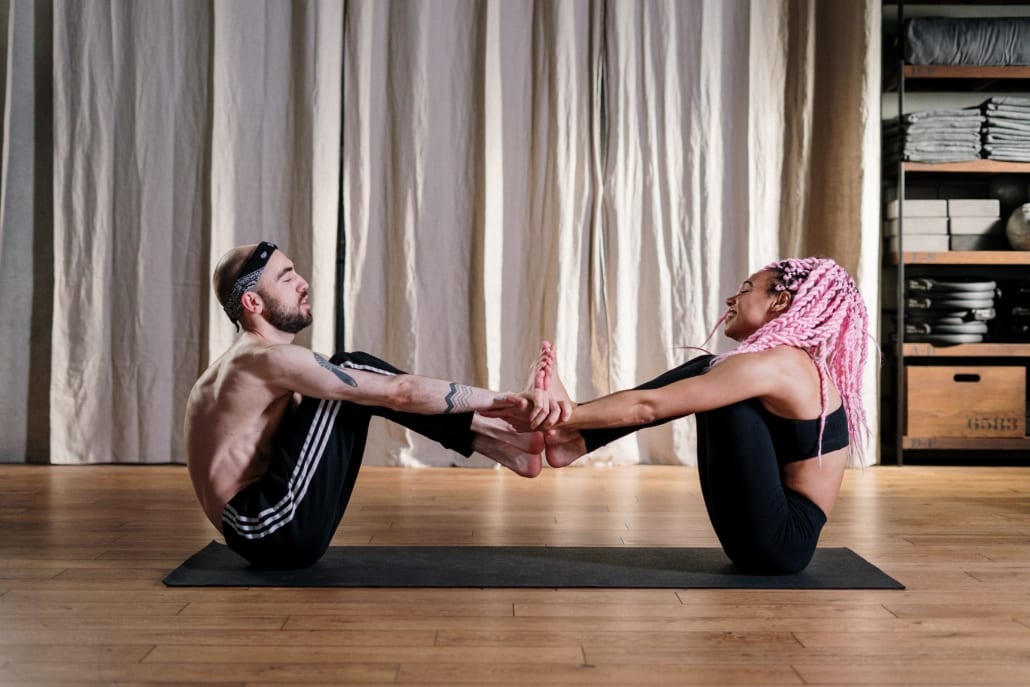
A few weeks ago, I brainstormed a list of 24 different ways to language yoga postures; from controlling the tone of one’s voice to the art of remaining silent. As part of this process, I also mapped out common expressions, including the most cliche yoga teaching cues.
I frequently hear it across gyms and studios, and is recognizable. I’m sure there are lots of people that would disagree with me but “if it is in your practice, then _______.” is by far the most cliche yoga teach cue. Perhaps it comes from something the put in the water at the majority of yoga teacher trainings?
Teachers use this instruction to tell students they can do the pose in one of a few ways. Sometimes these “modifications” vary greatly from the standard posture, transitioning from Prasarita-padottanasana (wide foot forward fold) to Sirsanasana (headstand) for example.
Designing a class is little like baking, in which each ingredient lends itself to the other ones. “If it is in your practice” unnecessarily invites a wildcard into the equation, particularly when it becomes a free for all. If the recipe calls for flour and people reach for the salt instead, it becomes problematic.
If the recipe calls for flour and people reach for the salt instead,
it becomes problematic.
Left to fend for themselves, students may look around the room for guidance. When the class atmosphere is competative, students are tempted to emulate the most advanced version of the posture, one that is well outside of their sensible range of ability. At this point, the risk of injury goes up and the deeper spirit of yoga is lost.
Finally, this cue removes the onus of teaching from the teacher and onto the student. In my own classes, I want to impart a tangible skill or experience to the students, rather than leave them to figure out and risk injuring themselves. The teacher has a responsibility to be knowledgeable enough to safely guide students.
Fortunately, we can easily offset the pitfalls of the most cliche yoga teaching cues. We can restore the balance between student and teacher. The solution is simple, explain “why”. Rather than giving an open-ended invitation, put some parameters around it. Under what circumstances does a student choose option A over B? And under what circumstances shouldn’t they go with option B? This is your moment to steer shy of pat expressions, shine as a teacher, and keep your students safe.

